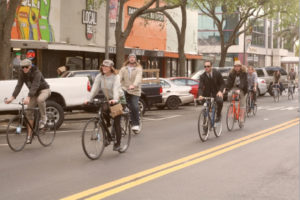
In a bid to keep small retailers from being priced out of its resurgent downtown, St. Petersburg, FL, is experimenting with new rules regarding its merchant mix.
The city’s “storefront conservation corridor” offers an unusual approach to regulating retailers in two busy business districts. Rather than limiting chains or banning them outright, St. Petersburg created new rules that define storefronts based on the width of their street-level facades.
St. Petersburg now designates stores in three size categories. Small storefronts are those spanning 20 feet or less. Medium shops measure 21 to 40 feet. And large store- fronts are more than 40 feet wide. In the next step of the plan, the city assigns block-by-block quotas for each size of retailer.
The new rules were spearheaded by Mayor Rick Kriseman, who initially pushed for an all-out ban on chain stores. However, given the legal concerns raised by that approach, he scaled back his strategy.
“[W]hat we’re trying to preserve is the uniqueness of St. Pete,” says Kriseman.
Chain businesses still can open, so long as they follow the city’s zoning rules. Kriseman pointed to Maple Street Biscuit Company as an example of a business with multiple locations that coexists in the ethos of the city’s Central Avenue, a stretch of mostly independent boutiques, bars, restaurants, and microbreweries.
More on regulating chains, coping with 5G equipment, and street painting festivals appears in the July issue of Downtown Idea Exchange. Click to learn more about Downtown Idea Exchange and other resources for revitalizing downtowns and commercial corridors.
